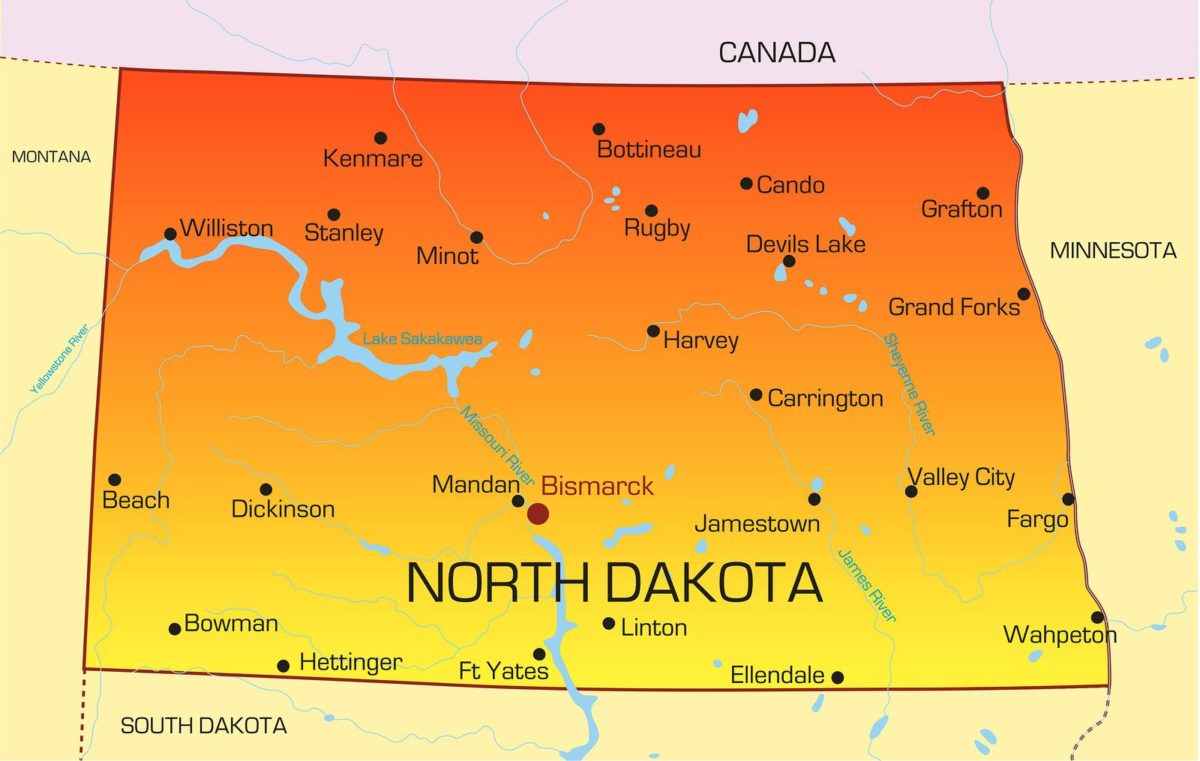I keep on looking at this chart on total U.S. hemp acres licensed, and it is hard to believe what is happening. Currently, the acres licensed for hemp cultivation are below 2018 levels. This is acres licensed, not acres planted or acres harvested. How did this happen? Why was the state of regulated hemp cultivation allowed to get this bad? It should not have been this way at all, and accountability can be spread among all stakeholders. In fact, there is plenty of blame to go around.
At this point, the U.S. is capitulating its leadership role in the global hemp market to the rest of the world.
- A lack of federal clarity on hemp policy has led to confusion in the market
- Uncertainties have been amplified by state legislatures, whose lack of precision is creating unintended negative consequences for hemp markets.
- A general lack of good agricultural practices and business planning acumen has led to costly errors and oversupply among hemp cultivation businesses.
- These contributing factors have led to a lack of incentive to participate in the hemp industry.
Despite all the uncertainty, opportunities for hemp still exist.
With the U.S. market in its current state, how are other countries’ hemp markets flourishing? What are they seeing and doing that the U.S. is not? What can the U.S. learn from other countries? There are still viable opportunities, even in the U.S. We’re not hearing a lot of people talking about them yet, but there are million-acre projects being planned that demonstrate the opportunities that hemp can create:
- Canada is expanding hemp acreage, particularly on the grain and fiber side and with production intended for export. Canada is farther along on environmental policy and carbon offsets. Some estimates are forecasting a 6x increase in output tonnage from hemp from its level of 39,000 tons in 2021. (Canadian Hemp Trade Association)
- In a recent U.S. development, hemp seed meal was recommended at the AAFCO committee level for approval by regulatory bodies specifically as a feed for egg laying hens. This is a result of some great work by Hunter Buffington, (Ag Policy Solutions) and the Hemp Feed Coalition (HFC) to get it to this point. This will require further approvals by the larger AAFCO body and then it will need to be federally implemented. It will be at least another 6 months before a full vote by AAFCO and at least another 6 months before it will take effect. Regardless of the timing, this could increase hemp opportunities by close to 1 million acres.
- Another project that demonstrates future growth opportunity is a 1 million acre project to grow grain in the U.S. with the intention of exporting the grains to Africa. This will help address food insecurities there. Our sister company, Every Day Hemp Company is coordinating with other hemp organizations across the U.S. to ramp this up and will have meetings this week with the African Development Bank.
- Domestic demand for fiber is also looking more positive with multiple states interested in using high quality fiber in the pulp and paper mill process. This is resonating with state legislatures across the country, so this is not necessarily bound by geography or region.
Regardless of all the regulatory interference and institutional challenges the industry currently faces, U.S. hemp still marches on.
Now is the time to start jumping on the hemp bandwagon rather than jumping off. For more on these opportunities, please contact us, and we will connect you.
Excerpt taken from The Whitney Wire – Sign up HERE
The mention of companies and other enterprises in news stories and Q&As does not imply an endorsement by Let’s Talk Hemp or any business relationship.
The post Hope for Hemp Springs Eternal first appeared on Let’s Talk Hemp.


